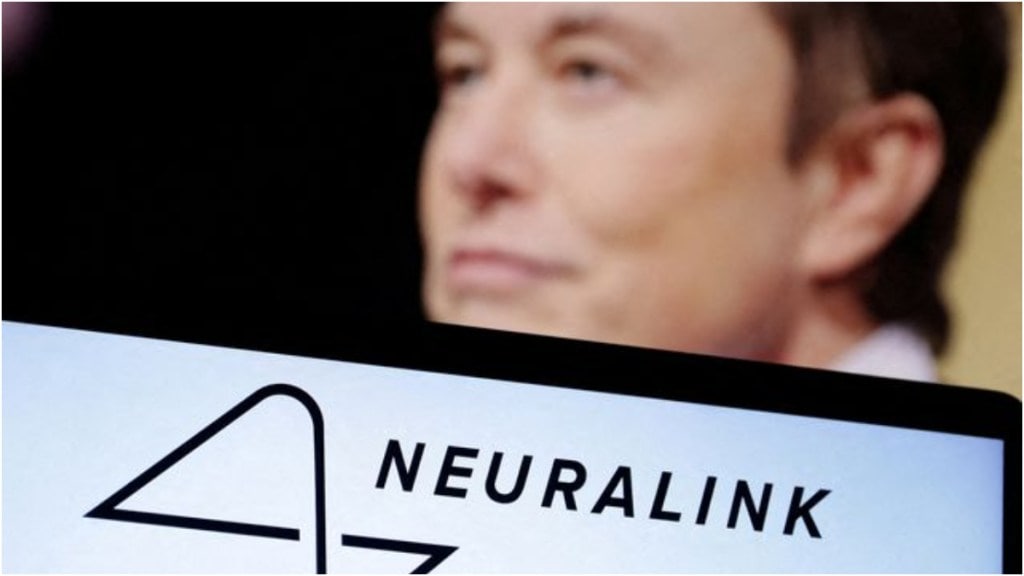By Atanu Biswas
In the 2018 cyberpunk action movie Upgrade, which is set in 2046, technophobe Grey Trace receives an implant of a computer chip called STEM—made by his client Eron Keen, a well-known tech innovator—that gives him control over his body after being mugged and having his wife Asha killed. But before long, Grey heard STEM speaking in his mind. In fact, STEM claimed that it could help Grey get revenge, and it quickly identified one of the assailants from a video. Soon, Grey discovered that STEM had given him instructions for various tasks.
Has science fiction come to pass, at least partially? Elon Musk recently provided an update on Neuralink, one of his most ambitious projects, stating that the first human trial produced encouraging findings. Musk said in January that the first person to receive the Neuralink brain chip implant had fully recovered and was now able to use their thoughts to operate a computer mouse. An article published in Nature at the beginning of February, however, revealed that some researchers have concerns about a lack of transparency surrounding the implant.
In order to “create a generalized brain interface to restore autonomy to those with unmet medical needs today and unlock human potential tomorrow,” Elon Musk co-founded Neuralink, a neurotechnology firm, in 2016. “To bring this technology from the lab into people’s homes” is its stated goal. “The Link,” a device, is to decode and stimulate neural activity, translating thought into action, with the intention of helping those with severe neurological diseases and spinal cord injuries regain full body functionality.
Neuralink showcased a preliminary coin-sized device on a pig named Gertrude in August 2020. “It’s like a Fitbit in your skull with tiny wires.” Subsequently, in April 2021, Neuralink presented a macaque monkey with two brain chips implanted in its motor cortex, which allowed it to play video games with just its mind and without the joystick. Musk stated that the device is removable and displayed Dorothy, a different pig, who he said had had one of the devices implanted and later removed. Well, how is the future of chipped humanity? “You wouldn’t need to talk,” Musk said, who foresaw the technology going further to enable “symbiosis” between humans and AI.
Neuralink targets the activity of individual neurons, similar to Blackrock Neurotech in Salt Lake City, Utah; this method necessitates electrodes that penetrate the brain. Synchron, a New York City-based 20-person startup, has shown that a low-bandwidth surface brain-computer interface (BCI) can achieve basic yet reliable smartphone control.
Interestingly enough, although Elon Musk’s Neuralink received a great deal of media attention, early in 2023, Synchron published results from its first-in-human study of four patients with severe paralysis who received its first-generation Stentrode neuroprosthesis implant. The implant allowed participants to create digital switches that controlled daily tasks like sending texts and emails, partaking in online banking, and communicating care needs. The study’s findings were published in a paper in JAMA Neurology in January 2023. Then, before September, the first six US patients had the Synchron BCI implanted. The study’s findings are expected by late 2024.
Let’s return to Upgrade. “One part The Six Million Dollar Man, one part Death Wish revenge fantasy” was how critics described the movie. While Death Wish is a 1974 American vigilante action-thriller movie that is partially based on Brian Garfield’s 1972 novel of the same name, the American sci-fi television series The Six Million Dollar Man from the 1970s, based on Martin Caidin’s 1972 novel Cyborg, could be considered a landmark in the context of human-AI symbiosis, although in fantasy’s domain. Oscar Goldman’s opening line in The Six Million Dollar Man was, “Gentlemen, we can rebuild him. We have the technology. We have the capability to make the world’s first bionic man… Better than he was before. Better—stronger—faster.” The term “cyborg” is a portmanteau of the words “cybernetic” and “organism,” which was coined in 1960 by two scientists, Manfred Clynes and Nathan S Kline.
At the moment, “cyborg” doesn’t seem to be a narrative of a distant future, though. Rather, it’s very much a story of today. We are just inches away from becoming cyborgs, perhaps, thanks to the brain chip implants, although Elon Musk perceives that “we are already a cyborg to some degree,” and he may be right. Cyborgs, however, pose a threat, while the dystopian idea of being ruled by Big Brother also haunts. Around the world, chip implants have already sparked heated discussions on a variety of topics, including privacy, the law, technology, medicine, security, politics, and religion. USA Today published a piece headlined “You will get chipped—eventually” as early as August 2017. And an article published in The Atlantic in September 2018 discussed how (not only brain chips but) microchip implants, in general, are evolving from a tech-geek curiosity to a legitimate health utility and that there may not be as many reasons to say “no.” But numerous concerns about privacy and cybersecurity would keep us haunted. It would be extremely difficult for policymakers to formulate laws pertaining to such sensitive yet quickly developing technology.
Musk’s grand ambition, Neuralink, is to enable speedy surgical insertions of its chip devices to treat diseases like obesity, schizophrenia, depression, and autism. Thus, it appears to be a combination of the dystopia of turning into a “cyborg,” the dread of being controlled by a “Big Brother,” and the limitless prospects that brought forth human endeavour. Sci-fi films such as Upgrade, however, never stop insisting on the possibility that sometimes the cure may be worse than the disease. A shade of uncertainty remains.
Atanu Biswas, professor of statistics, Indian Statistical Institute, Kolkata. Views are personal.

